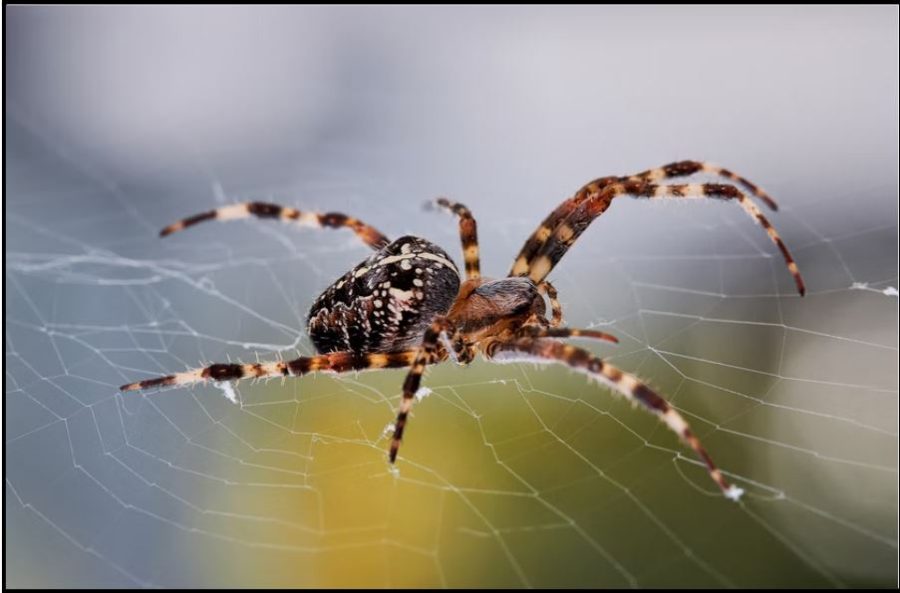Joro Spiders Might Take Over the East Coast—Soon!
May 30, 2022
WARNING! The following content may be disturbing to some viewers!
It seems to be only yesterday that everyone was calling dibs on stomping on one of those spotted lantern flies that were everywhere. While everyone has taken a deep sigh of relief, there’s a new creature around the block.
Creepy, crawly, and palm-sized in nature, Joro spiders are a recent invasive species to the US. Currently, the spiders inhabit parts of the Northeast, but New Jerseyans need not worry about them quite yet. The spiders are mainly found in Georgia, where they were first accidentally introduced to the environment. Joro spiders were first introduced back in 2013, but have recently surged in numbers [1]. Originally from eastern Asia, these creatures have bright yellow and black stripes, and they predate common pests like stink bugs, and lady beetles. Some experts consider Joro spiders “beautiful” not only for their looks, but also for their services to ecosystems, as they control the numbers of crop pests [2].
Specifically, while it is true that these spiders are an invasive species to the US, there has been much debate on whether or not they will have a detrimental effect on the ecosystem and harm native species. Due to their lack of natural predators, many scientist fear the possibility of this species growing exponentially and outcompeting native species; like kudzu, another invasive species from Japan, these plants have significantly altered the terrain of various places and has called for great amounts of time, money, and effort to eradicate this persistent threat. However, most scientists indeed believe that these Joro spiders will not have such an effect. In fact, Joro spiders could be useful in controlling populations of other invasive species that pose a bigger threat to society—brown marmorated stink bugs (a food source for Joro spiders) have been a nuisance to many crops and could be eliminated with the addition of Joro spiders [3]. Most importantly, when these spiders do arrive on the east coast, scientists must strike a balance between the positive and negative aspects of this invasive species to ensure that this originally beneficial species does not turn into another nuisance to the community.
However, the silver lining of these spiders spreading is outweighed by the very real possibility of encountering these terrifying arthropods. Joro spiders spin their webs in common places such as trees, so humans are likely to encounter these spiders. Georgia has already seen hundreds of these spiders flood into their border, and it is completely possible for New Jersey and other states along the East Coast to start seeing more and more of these creatures arrive. Luckily, the spread of their webs may even be the biggest threat they impose, as they are not prone to bite humans due to their small fangs and possibly a distaste for humans [4].
Ultimately, those who have arachnophobia are at a disadvantage. As scientists predict the Joro spiders’ arrival in New Jersey by this summer, remember to watch your step! You definitely do not want to be caught in a Joro spider’s web!
[1] https://www.nytimes.com/interactive/2022/03/11/us/spider-georgia.html
[2] https://www.washingtonpost.com/weather/2022/03/15/joro-spider-facts/
[3] https://earthsky.org/earth/joro-spiders-spread-over-east-coast/
[4] https://www.nbcnews.com/think/opinion/most-annoying-thing-about-joro-spiders-part-why-they-re-ncna1291403



Varsha Bhargava • May 30, 2022 at 5:21 pm
Eek!